India’s energy industry is changing at a pace never seen before, powered by the creativity and energy of Independent Power Producers (IPPs). These private players are not just stakeholders, but change-makers who bring technological innovations and financing innovations that are further transforming India’s energy landscape.
The Rise of IPPs: Catalysts of Change
IPPs have emerged as the backbone of India’s renewable energy expansion, thanks to the Electricity Act of 2003 that opened the sector to private investment. Today, they are leading the way in the transition from fossil-fuel dominance to a more diversified, low-carbon energy mix. With over 80 GW of renewable capacity currently under development, IPPs are instrumental in helping India achieve its ambitious target of 500 GW of non-fossil fuel capacity by 2030.
IPPs are at the vanguard of technological innovation. In an era of standalone solar and wind farms, we see advanced hybrid projects that integrate several renewable energy sources with cutting-edge energy storage technologies rapidly replacing them. These plants integrate wind, solar, and battery storage, delivering more consistent and reliable power while also addressing the intermittency issues that have historically challenged renewable integration.
A good example is the recent proliferation of hybrid wind-solar projects. For example, large-scale hybrid initiatives are under development across states like Gujarat and Madhya Pradesh tailored to meet the energy requirements of significant industrial consumers. Not only does this reduce the dependency on conventional grid electricity, but also helps significantly in emission reductions.
Energy Storage and Smart Grids: The Next Frontier
It is safe to say that energy storage is quickly becoming a linchpin in India’s plan for renewable energy. IPPs are leading the way in using Battery Energy Storage Systems (BESS) to deal with the changing nature of solar and wind power, keep the grid stable, and provide backup power when demand is high. Smart grid technologies and AI-driven energy management systems are being used in the implementation to ensure optimized power flows, reduced transmission losses, and smooth distribution of power from numerous sources of generation.
Financial Innovation: Unlocking Capital for Growth
IPPs are driving India’s clean energy momentum. They leverage agility and innovation to respond swiftly to market signals and policy shifts. IPPs today are leveraging blended finance, green bonds, and ESG-linked instruments to attract a comparatively low-cost capital from both domestic and international investors. Transparent and flexible governance frameworks and bankable power purchase agreements (PPAs) help provide the required financial predictability, making renewable projects an attractive asset class in an otherwise cautious global market.
IPPs have captured a significant share of India’s clean energy capital, with projects often backed by substantial financing from institutions like the Indian Renewable Energy Development Agency (IREDA). Additionally, IPPs have the ability to raise money in a cautious global market because of their capacity to lock up bankable power purchase agreements (PPAs), which provides financial predictability. Their initiatives make use of battery storage systems, sophisticated inverters, and high-efficiency solar modules, which improve grid stability in an area where consistency is still a problem.
Driving Grid Stability and Emission Reductions
According to the Ministry of New and Renewable Energy (MNRE), India added a record annual capacity of 29.52 GW, making the total installed renewable energy (RE) capacity in the country to reach 220.10 GW as of 31st March 2025, up from 198.75 GW in the previous fiscal. Solar energy contributed the most to the year’s capacity expansion, with 23.83 GW added in FY 2024–25, a significant increase over the 15.03 GW added in the previous year. This demonstrates the impact of IPP-driven growth. With solar now accounting for nearly half of India’s renewable energy capacity, IPPs are clearly leading the charge. This pivot moreover shields against global disruptions while also fostering jobs and industrial resilience.
IPPs play a critical role in enhancing grid stability and reducing emissions. By generating power closer to demand centres, they minimize transmission losses and improve energy efficiency. The integration of renewables and storage solutions helps balance supply and demand, reducing the need for fossil-fuel-based peaking plants. IPPs embody the alchemy of private enterprise, transforming external pressures into stepping stones for self-reliance.
Navigating Challenges: The Road Ahead
Despite these advances, the road is not without its thorns. Land acquisition continues to be a major hurdle, often caught in a banter between agricultural and industrial priorities. Grid integration, though getting better now, is still constrained by ageing infrastructure and the need for significant upgrades to handle variable renewable inputs. Policy uncertainty and delayed payments from state distribution companies also test the resilience of IPPs.
However, recent government measures such as streamlined land approvals and strengthened distribution companies finances offer hope for smoother project execution. IPPs are responding with ingenuity, embracing modular designs and decentralized systems to sidestep traditional constraints.
A Global Beacon for Clean Energy
India’s IPPs are becoming international models of how private business can power the energy transition. In an era when other nations grapple with energy nationalism and policy reversals, India’s IPP-led model presents a decentralized, market-driven, and scalable response to clean energy expansion. Their contribution to igniting 250 GW of new capacity by 2030 will be at the heart of India’s climate commitments under the Paris Agreement and its vision of net-zero emissions by 2070.
As India continues its journey toward a sustainable energy future, IPPs will remain the driving force behind innovation, investment, and impact. Their ability to adapt, innovate, and mobilize capital positions them as indispensable partners in India’s quest for energy security and environmental sustainability.
The views and opinions expressed in this article are the author’s own, and do not necessarily reflect those held by pv magazine.
This content is protected by copyright and may not be reused. If you want to cooperate with us and would like to reuse some of our content, please contact: editors@pv-magazine.com.
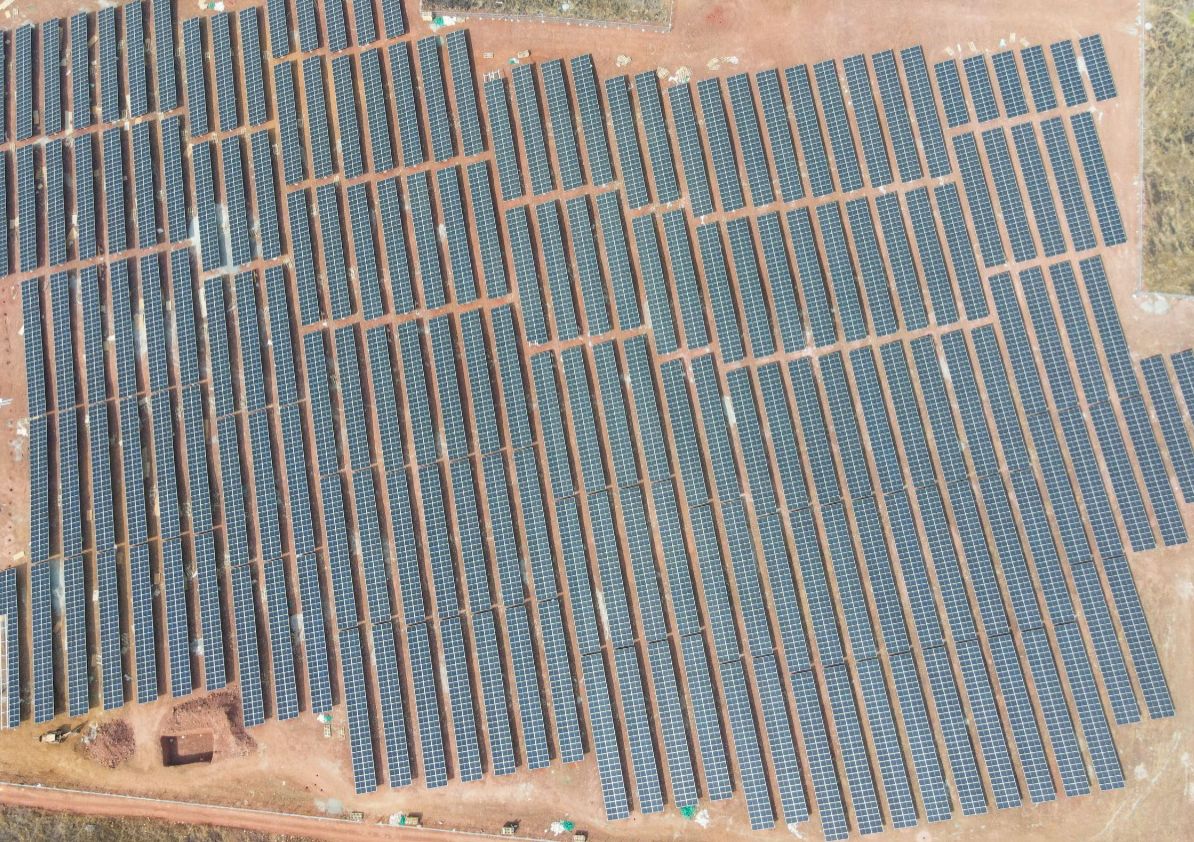
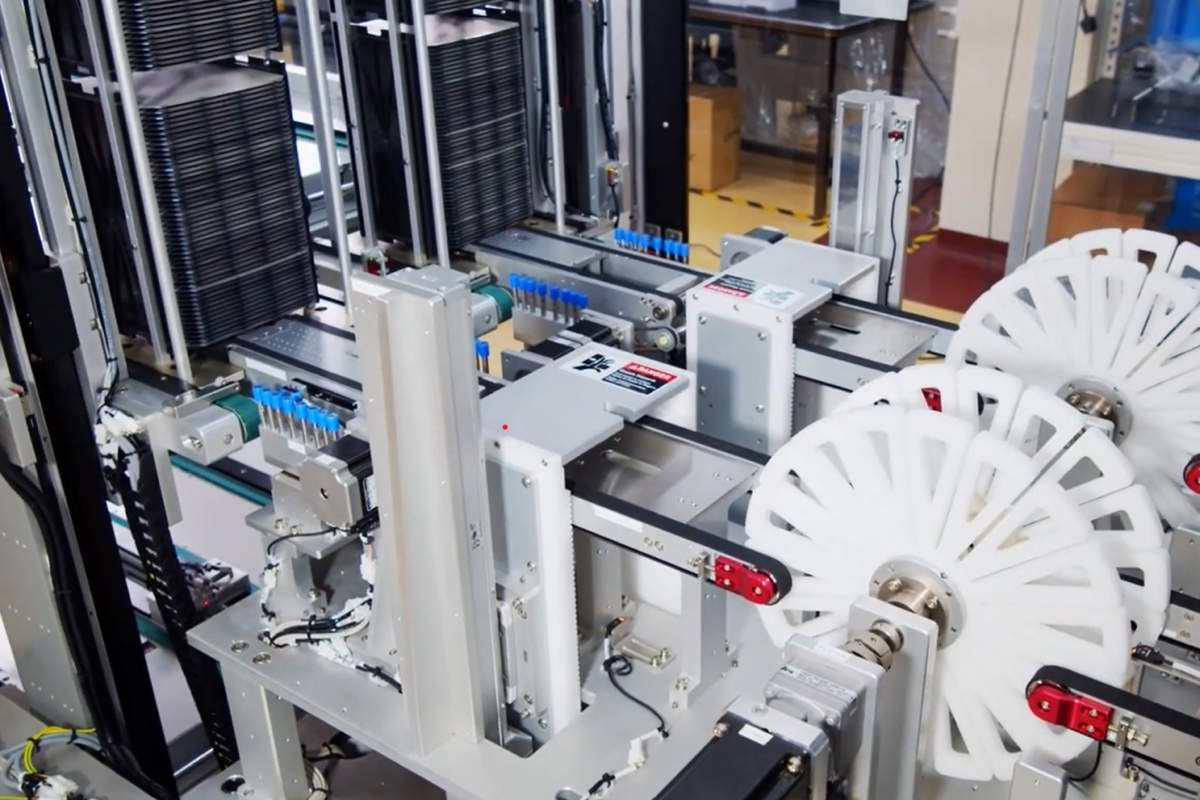


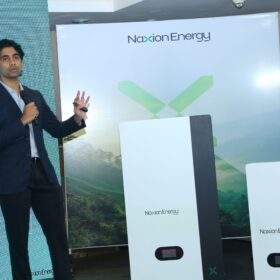

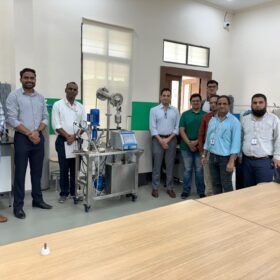
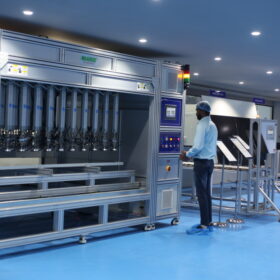
By submitting this form you agree to pv magazine using your data for the purposes of publishing your comment.
Your personal data will only be disclosed or otherwise transmitted to third parties for the purposes of spam filtering or if this is necessary for technical maintenance of the website. Any other transfer to third parties will not take place unless this is justified on the basis of applicable data protection regulations or if pv magazine is legally obliged to do so.
You may revoke this consent at any time with effect for the future, in which case your personal data will be deleted immediately. Otherwise, your data will be deleted if pv magazine has processed your request or the purpose of data storage is fulfilled.
Further information on data privacy can be found in our Data Protection Policy.